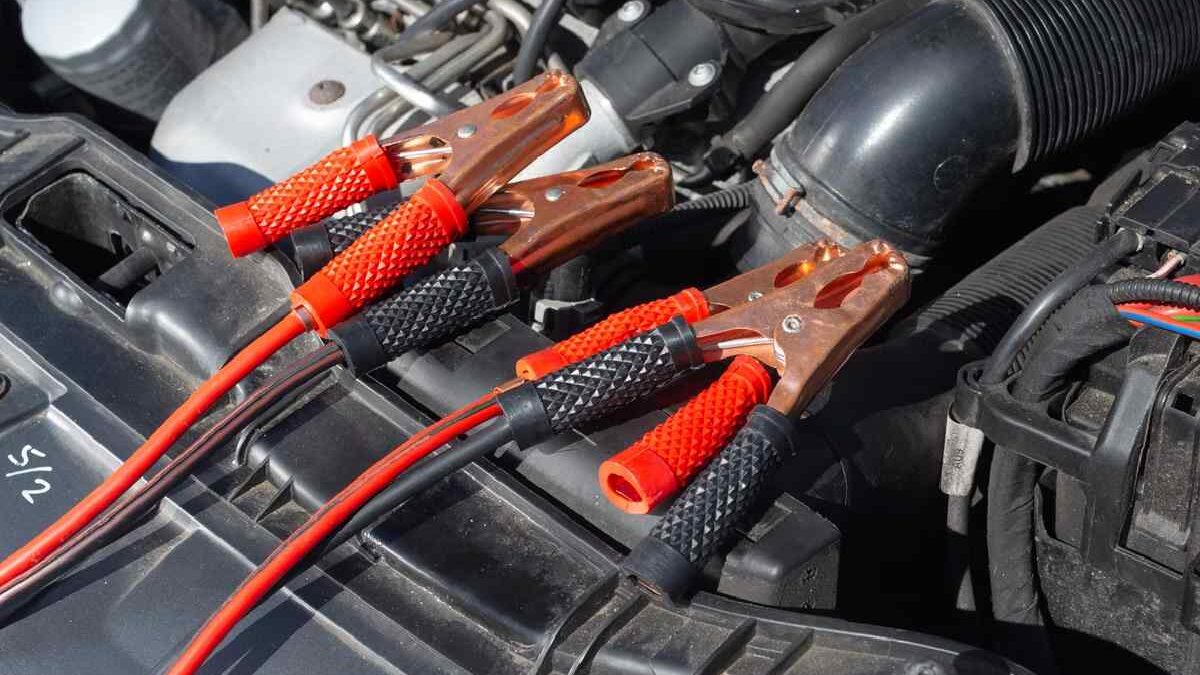The science of car battery technology
- electrical energy storage
- Lead-acid energy storage
- How shallow is your cycle?
- New package, old technology
Lead and acid are two things most people know well enough to avoid. Lead is a heavy metal that can cause a whole list of health problems, and acid is, well, acid. The simple notice of the word invokes pictures of foaming green fluids, and frenzied researchers twisted on global control.
But, just like chocolate and peanut butter, lead and acid don’t seem to go together, but they do. Without lead and acid, we wouldn’t have car batteries. Without car batteries, we wouldn’t have any trn accessories – or basis sites, like headlights – that require an electrical system to function. So how did these two deadly substances come together to form the solid foundation of automobile electronics? The answer is elementary.
The science of electrical energy storage
Electric batteries are simply storage containers capable of holding an electrical charge and then discharging it into a charge. A few batteries are fit for delivering an electrical flow from their base parts when they are collected. These batteries are called essential batteries and are commonly discarded once the charge has been drained. Car batteries are a different category of electric batteries that can be charged, discharged, and reached repeatedly. These secondary batteries use a reversible chemical reaction that differs from one type of rechargeable battery to another.
Most people can easily understand that AA or AAA batteries bought at the store are put into the remote and then thrown away when they die primary batteries. They are assembled, usually from zinc-carbon or zinc and manganese dioxide cells, and are capable of supply without being charged. When they die, you throw them away – or dispose of them properly, if you prefer.
You can purchase those equivalent AA or AAA batteries in a “battery-powered” structure that costs more. These battery-powered batteries regularly use nickel-cadmium or nickel-metal hydride cells. Unlike conventional ‘basic’ batteries, NiCd and NiMH batteries are not fit for providing current to a heap after establishment. All things being equal, an electrical flow is applied to the cells, causing a compound response inside the battery. The battery is then positioned in the remote, and when it runs out, it is put in a charger, and the use of an ongoing switch is the compound cycle that happens during release.
Lead Acid Energy Storage
If using lead and corrosive to store an electrical charge sounds obsolete, it is. The primary lead-corrosive battery was imagined during the 1850s, and the battery in your vehicle utilizes similar essential standards. Plans and materials have advanced throughout the long term. However, a similar essential thought is influencing everything.
At the point when a lead-corrosive battery releases, the electrolyte transforms into an extremely weak arrangement of sulfuric corrosive, meaning it’s generally H20 with some H2SO4 drifting around in it. The lead plates, having assimilated the sulfuric corrosive, are principally changed into lead sulfate. At the point when an electrical flow is applied to the battery, this cycle is turned around. The lead sulfate plates convert (for the most part) back to lead, and the weakened corrosive sulfuric arrangement turns out to be more focused.
This is not a horrendously productive method for putting away electrical energy, as far as how weighty and huge the cells are contrasted with how much energy they store. Yet, lead-corrosive batteries are still being used today for two reasons. The first involves financial matters: lead-corrosive batteries are a lot less expensive to produce than some other choices. The other point is that lead-corrosive batteries are fit for conveying tremendous measures of current on the double, making them especially reasonable for use as beginning batteries.
How deep is your cycle?
Traditional car batteries are sometimes mentioned as SLI batteries, where “SLI” stands for cranking, lighting, and ignition. This abbreviation illustrates the main goals of a car battery quite well. The main job of any car battery is to run the starter, lights, and ignition before the engine runs. Once the engine is seriatim, the alternator provides all the necessary electrical power, and the battery recharges.
This type of use is a shallow duty cycle providing a short burst of a large amount of current, which is what car batteries are specifically designed for. With this in mind, modern car batteries contain very thin lead plates, allowing maximum exposure to the electrolyte and providing the highest possible amperage for short periods. This design is necessary due to the huge current needs of the starter motors.
In contrast to starting batteries, deep cycle batteries are another type of lead-acid battery designed for “deeper” cycling. The configuration of the plates is different, so they are not suitable for providing large amounts of current on demand. Instead, they are designed to provide less power for a longer time. The cycle is “deeper” because it is longer, not because the total discharge is greater. Unlike starter batteries, which automatically recharge after each use, deep-cycle batteries can slowly discharge themselves – to a safe level – before being recharged. Deep-cycle lead-acid batteries should not be discharged below the recommended level to avoid permanent damage like starting batteries.
Different packaging, the same technology
Although the basic technology of lead-acid batteries remains more or less the same, advances in materials and techniques have led to several variations. Deep cycle batteries, of course, use a different plate configuration to allow for a deeper duty cycle. Other variations take things even further.
The biggest advance in lead-acid battery technology has probably been Valve Regulated Lead-Acid (VRLA) batteries. They still use lead and sulfuric acid but don’t have “flooded” wet cells. Instead, they use gel cells or an absorbed glass mat (AGM) for the electrolyte. The chemical process is the same on a basic level, but these batteries are not subject to outgassing like flooded cell batteries. Nor are they vulnerable to leakage if tipped.
Although VRLA batteries have several advantages, they are much more expensive to produce than traditional flooded cell batteries. So while technology advances, chances are you’ll still be driving with cutting-edge 1860 tech under the hood for some time, to less you go electric. But that’s a different matter when it comes to batteries.

